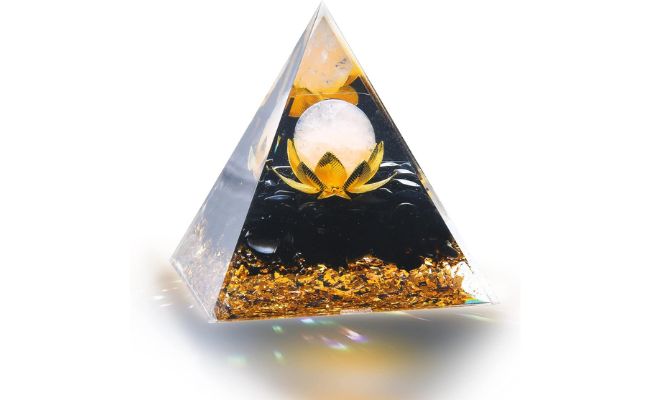Hazel Wood
Latin name : Corylus cornuta Marshall, Betulaceae
Common name : Beaked hazel
The beaked hazel, often called ”hazel tree”, is a species of shrub indigenous to Quebec. it is widely spread throughout Canada, especially in the Eastern regions where it is plentiful such as the Saguenay, Gaspésie and New Brunswick areas. It has a certain economic value from the harvesting and sale of its fresh fruit when it is plentiful [1]. Its nuts have a good flavour and squirrels love them [2].
It is a shrub that will grow to be 3 meters at most, with oval shaped or narrow and oval leaves (7 to 10 cm long). The nut’s involucre is thorny and pubescent, ending in a beak twice the length of the nut [3]. In addition to its edible fruit, the hazel tree is often used in wind breaking hedges or as shore stabilizer to prevent erosion, which makes it an important agroforestry resource [4].
The hazel tree blooms very early in the springtime, at budreak.
[2] http://gaiapresse.ca/dossiers/page–le-noisetier-358.html
[3] http://www.florelaurentienne.com/flore/Groupes/Spermatophytes/Angiospermes/Dicotyles/011_Betulacees/04_Corylus/cornuta.htm
[4] Théberge Gilles (2009) Portrait de la forêt centricoise dans le cadre du plan régional de développement intégré des ressources et du territoire du Centre-du-Québec-Les Produits forestiers Non Ligneux.

Traditional uses of beaked hazel wood in North America
Traditionally, hazel tree bark is considered febrifuge and astringent. Several ethnobotanical and ethnopharmacological studies have shown that Amerindians used beaked hazel wood to cure various diseases [1], [2], [3]. For example, the Iroquois prepared a tea from its branches to heal dental pain. The Ojibwas used its roots, mixed with other species, to heal pulmonary hemorrhaging. The Algonquins drank a tea made of twig, leaves, and branches to heal heart disease and intestinal problems. The Abenakis prepared a bark infusion to heal eye problems. The Cris healed heart disease with a tea extracted from the twigs. Amerindians made external use of the plant by placing a necklace made of branch pieces around a baby’s neck to calm teething pain. The Potawatomis used the inside of the bark in traditional remedies just as they used willow bark, where salicylic acid was discovered: the derivative of acetylsalicylic acid, better known as Aspirin.
[1] Arnason T, Hebda RJ, Johns T. Use of plants for food and medicine by Native Peoples of eastern Canada. Can J Bot. 1981; 59:2189-325.
[2] Moerman D, ed. Medicinal Plants of Native America: University of Michigan Museum of Anthropology 1986.
[3] Erichsen-Brown C. Medicinal and other uses of North American plants: a historical survey with special reference to the eastern Indian tribes. New York: Dover Publications 1989.
Preservation and eco-valorization of hazelwood
One of the values of the Pure Hazelwood company is the management and most importantly, the preservation of its resource.
To achieve preservation, strict harvesting methods have been implemented into our internal procedures. Branch cutting is performed during a specific period of the year so that the wood yields its best properties, and the harvesting methods used by our teams promote the shrub’s growth and development.
Pure Hazelwood has also implemented procedures for the eco-valorization of its raw material. Indeed, the residues from the manufacture of hazel wood necklaces and bracelets are recovered to be extracted and valorized into high quality skin care products.
Source : http://www.lafeuillee.com
Pure Hazelwood quality
Since 2009, Pure Hazelwood has been undertaking scientific research in collaboration with several independent research centers.
Pure Hazelwood optimizes the manufacturing of its products based on the results of its research. The resulting quality allows us to distinguish ourselves from other suppliers of hazel wood products. Pure Hazelwood is the only company with scientific results on hazel wood.



